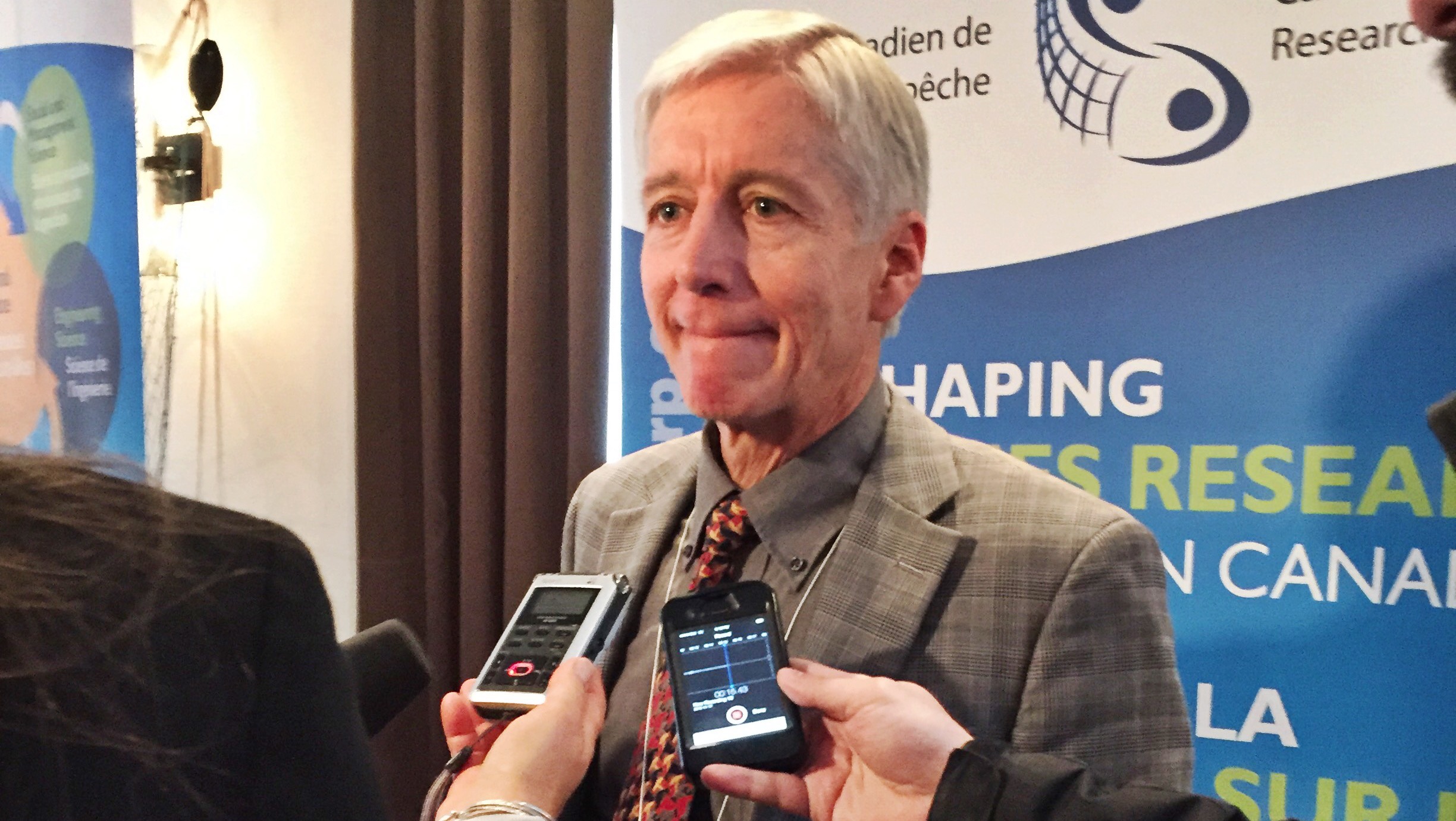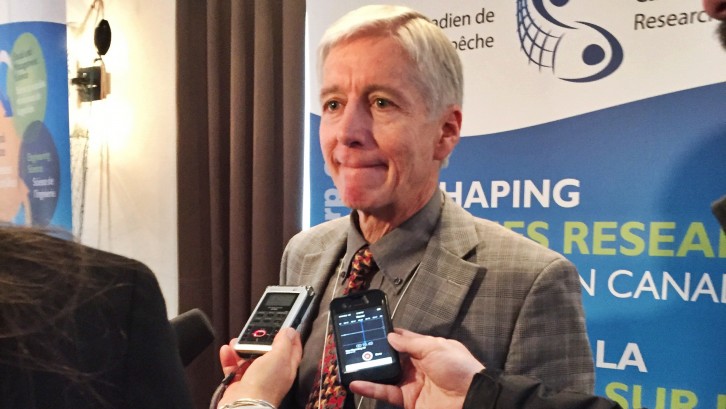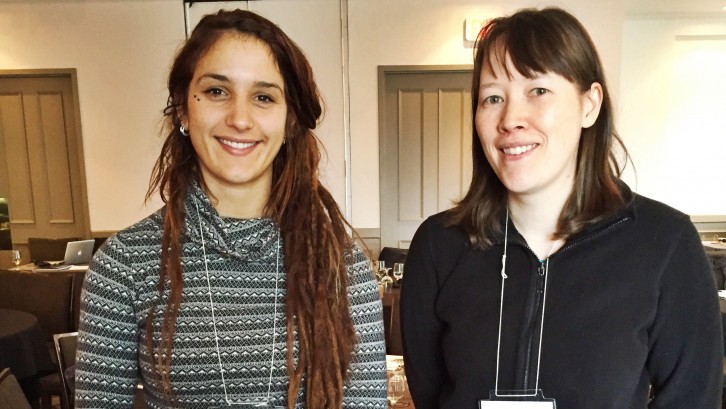Fishery
Canadian Fisheries Research Network hopes for more funding
The CFRN is presenting its findings in Halifax this week and hope to see the project continue

caption
Dr. Rob Stephenson speaks to media on Tuesday regarding the CFRN projects.
caption
Dr. Rob Stephenson speaks to media on Tuesday regarding the CFRN projects.After five years and $10 million of research looking at things like what influences the survival of lobsters, funding for the Canadian Fisheries Research Network (CFRN) has dried up, but researchers are hopeful that new sources of funding will be found.
CFRN is made up of Canadian academic researchers, the fishing industry and government representatives.
The network has worked on nearly a dozen projects based out of the University of New Brunswick (UNB).
According to CFRN’s website, it started these projects because it recognized that “better knowledge of aquatic ecosystems related to management and industry operations were needed to reduce environmental impacts, inform decision-making, and evaluate the effectiveness of management strategies on sustainability.”
Dr. Rob Stephenson is the principal investigator of the projects and a research professor at UNB.
Although the results were released this week at the CFRN’s final annual general meeting, Stephenson said they’re looking at what the next steps will be in hopes of continuing their work.
“We’re looking at case studies in each region that could be studied or approached collaboratively in a similar way across the country. That’s the basis for the next research network,” he said.
Original funding for the research came from Natural Sciences and Engineering Research Council of Canada (NSERC), which invested $5 million in the projects. The other $5 million came from federal and provincial governments and industry.
Stephenson said he expects future funding to come from several different sources.
He said the network has not yet approached the new federal Liberal government, but plan to work with them on future projects. The CFRN will approach the federal government once the network determines the best research priorities.
Findings
Stephenson said the findings of the research are interesting.
“Some large findings have to do with generic aspects – how to implement collaborations among academics, industry and government and how to do research together,” he said.
Stephenson said there were some challenges collaborating with industry, academia and government.
“We come from different disciplines with different traditions, we have different objectives sometimes, it requires a period of getting to know and trust one another,” he said.
Students do their part
More than 50 students have been helping out with the research. In the lobster collective, there have been between 15 to 20 students involved each year.

caption
Laura Benestan (left) and Kristin Dinning (right) are students who have spent years working on Lobster research with the CFRN.Laura Benestan and Kristin Dinning are two UNB students who have been involved in the project’s lobster research.
“Each student of the project has to study one stage of the life cycle of the American lobster,” Benestan told the Signal.
Students involved with the project each had their own specific element to work on.
“Each person has a little piece,” Dinning said. “We put them together and then [two students] validate and test whether our predictions are accurate.”
“It’s a really interesting project because we get to work with fishermen,” Benestan said. “We benefit from their knowledge and advice during the project.”
Benestan has been working on the project for four years and Dinning has been on board since before it started in 2010.
Both students say they’re hoping their lobster research will continue.
“It’s such a huge question with so many pieces still unanswered,” Dinning said.

